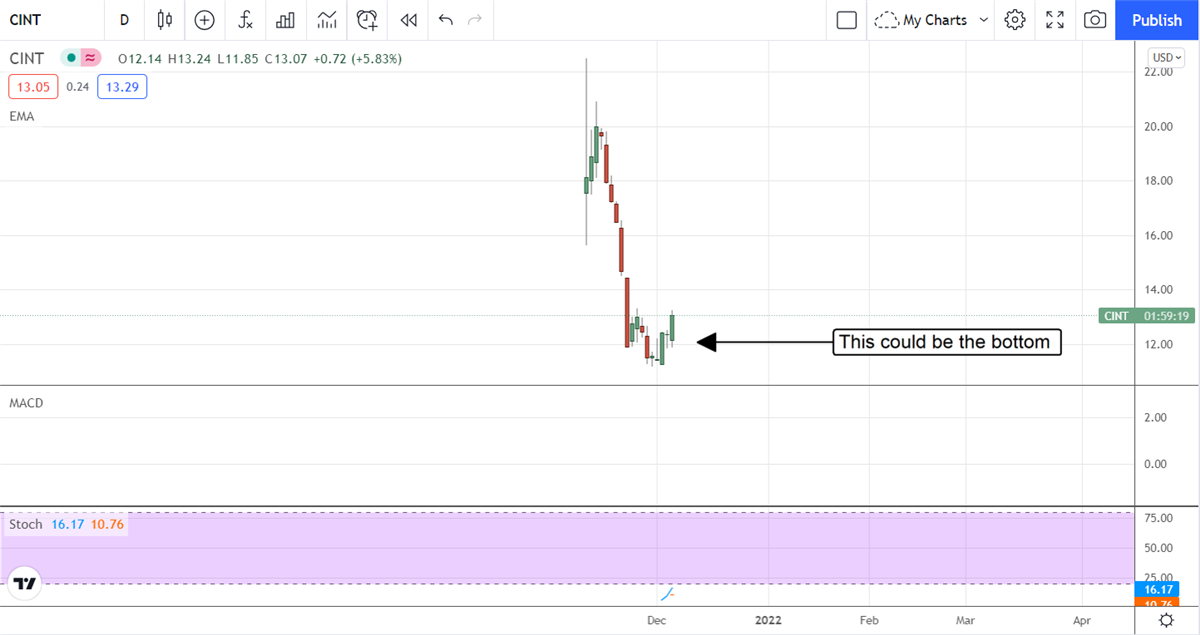

Top 3 best cloud backup solutionsĬrashPlan had the best cloud backup service for consumers until it quit the market in 2017. Each of the cloud backup services we’ve thoroughly tested and reviewed uses industry-standard encryption on their servers to protect your data but you can also use your own private key instead. Cloud backup services provide the same peace of mind for consumers. This is why many small businesses utilize “off-site” backups to minimize the threat of physical disasters. Even with one of the best external hard drives hooked up to your computer or as a stand-alone backup device on your home network, it could still be stolen or damaged in a flood or fire, leaving you with nothing.

Each of these services constantly copies data back and forth from your computer to cloud servers elsewhere in the world which can easily be reached from anywhere with internet access.Ĭloud backup is a necessary thing to have as you can’t always rely on local backup drives to protect your data. Locate My Computer, Preview/Access/Share, two-factor verification, iOS/Android apps, network management, Save to B2, and many of the other features/functions not only incurred development costs but have ongoing server/bandwidth expenses.The best cloud backup solutions can help protect you from dealing with data loss since you always have an extra copy of your most important files stored securely in the cloud. It’s a program our customers love but most other players in the industry have abandoned due to the costs of shipping, packaging, drive replacement, etc.Ī bunch of other features. We also introduced the Restore Return Refund program. This means your data gets backed up as fast as your setup allows.Įxpanded restore options. Expanded the maximum size of Restore by Mail from 0.5 TB to 8 TB on a hard drive, and from a 4 GB DVD to a 256 GB flash drive. Sped up backups. Combined small files into bundles, added threading to allow 30 backup processes at once, and added automatic thread management. Removed all limits on what can be backed up. Originally 4GB was the maximum size any individual file could be and VM images, ISOs, plus other file types that aren’t typically user data were excluded.


 0 kommentar(er)
0 kommentar(er)
